International
The drone and missile attack launched by Russia has affected 15 of the 24 Ukrainian regions
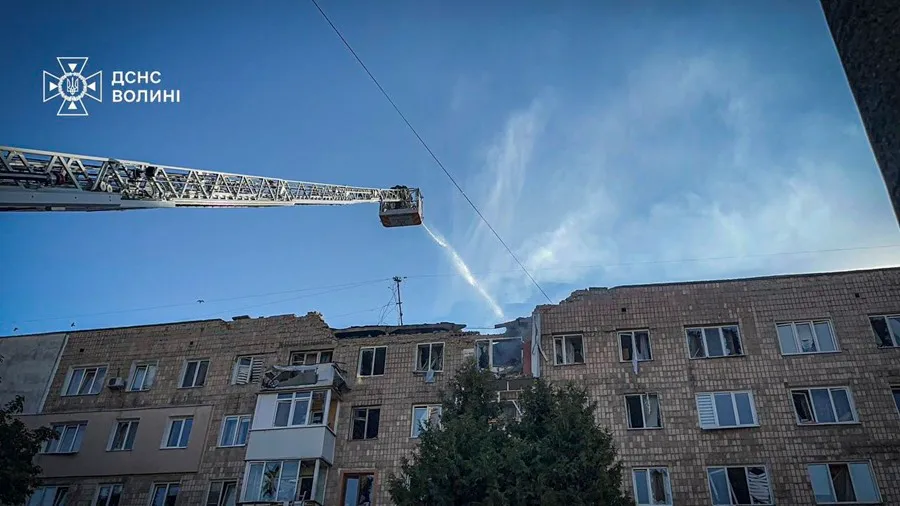
The massive attack with drones and missiles launched by Russia during the early hours of Monday morning has affected 15 of the 24 Ukrainian regions, as reported by the Prime Minister of Ukraine, Denís Shmigal, on his Telegram account.
Shmigal explained that Russian forces have used drones, cruise missiles and Kinzhal hypersonic missiles in the attack. These last missiles are the most difficult to intercept in the entire Russian arsenal. Ukraine is vulnerable to the Kinzhal (which means ‘dagger’ in Russian) in most of its territory.
For his part, the Foreign Minister of Ukraine, Dmitro Kuleba, again asked Kiev’s Western partners to allow him to hit with his long-range weaponry military targets throughout the territory of the Russian Federation to avoid massive attacks with drones and missiles such as the one launched on Monday.
And the Russian Ministry of Defense confirmed that it had launched this attack against targets of the “energy infrastructure” of Ukraine.
“This morning, the Armed Forces of the Russian Federation launched a massive attack from the air and sea with high-precision and long-range weapons, and unmanned aerial vehicles against critical energy infrastructure facilities that guarantee the operation of the military-industrial complex of Ukraine,” says the military side.
In addition, according to the Russian command, “gas pumping stations in the Lviv, Ivano-Frankivsk and Kharkov regions, which guaranteed the operation of the Ukrainian gas transport system” and warehouses with aerial site pumps and projectiles “delivered by the West, at airfields in the Kiev and Dnipropetrovsk regions” were attacked.
Prime Minister Shmigal also recalled that there have been deaths and injuries in the attack. The authorities of the regions of Volín (northwest), Dnipropetrovsk (center), Zaporiyia (southeast) and Zhitómir (center-west) had previously reported the death of a total of four people.
Shmigal has also pointed out that “the target of the Russian terrorists was again the energy infrastructure.” “Unfortunately, there are damages in several regions,” said the head of government, who also reported power cuts in the country as a result of the impacts.
Ukrainian authorities have reported damage to electrical infrastructure in the regions of Lviv and (west) and Dnipropetrovsk. The massive Russian attack has also caused power and water cuts in some areas of Kiev, according to the mayor of the capital, Vitali Klichkó.
The Minister of Energy, Herman Galushchenko, has described the situation of the electricity system as “difficult” after the attack, and companies in the sector have announced emergency cuts due to the damage suffered by the system.
Today’s is the ninth Russian massive attack on the Ukrainian electricity system since last March 22. Ukraine has lost much of its generation capacity in these attacks, which forced the authorities to ration the supply with scheduled blackouts of up to half a day during the first part of the summer.
Meanwhile, the president of Ukraine, Volodymyr Zelensky, announced in his speech to the nation last night that the Ukrainian Army has taken control of two other localities in the Russian region of Kursk, where Kiev forces occupy dozens of towns after crossing the border in early August.
“I just spoke to the commander-in-chief (Oleksandr) Sirski. We are advancing in the Kursk region, from one to two kilometers. We have taken control of two more locations. There are operations underway in another town,” Zelenski said in his speech.
The head of the Ukrainian state also explained that his troops continue to take prisoners among Russian soldiers in the Kursk region. “We are filling in the ‘exchange fund,’” Zelenski said, referring to the exchanges of prisoners of war that are carried out regularly between both sides.
In addition, one journalist killed and three more injured left a Russian attack on the city of Kramatorsk, near the Donetsk front.
The deceased communicator was identified as Ryan Evans, a member of the Reuters team that covered the war in Ukraine, the British agency confirmed.
The attack also reached two other Reuters journalists of Ukrainian and American nationality, who were in a hotel in the east of Ukraine.
“Ryan Evans, a member of the Reuters team that covered the war in Ukraine, died and two Reuters journalists were injured in an attack on a hotel in the city of Kramatorsk,” the international news agency confirmed on Sunday.
According to other versions, a fourth Polish informant was injured when her vehicle was hit.
The Kremlin assured that Russian forces attack only military infrastructure or facilities linked to the Ukrainian military sector when commenting on the death of a security adviser from the Reuters agency in Kramatorsk.
Filashkin, the governor of Donetsk, recalled that throughout Saturday’s day seven civilians died in the region – which records the most intense fighting on the front at the moment – as a result of the Russian attacks, five of them in Kostiantinivka, while 15 people were injured.
Central America
Senator Van Hollen Meets with Deported MS-13 Member in El Salvador; Trump and Bukele React
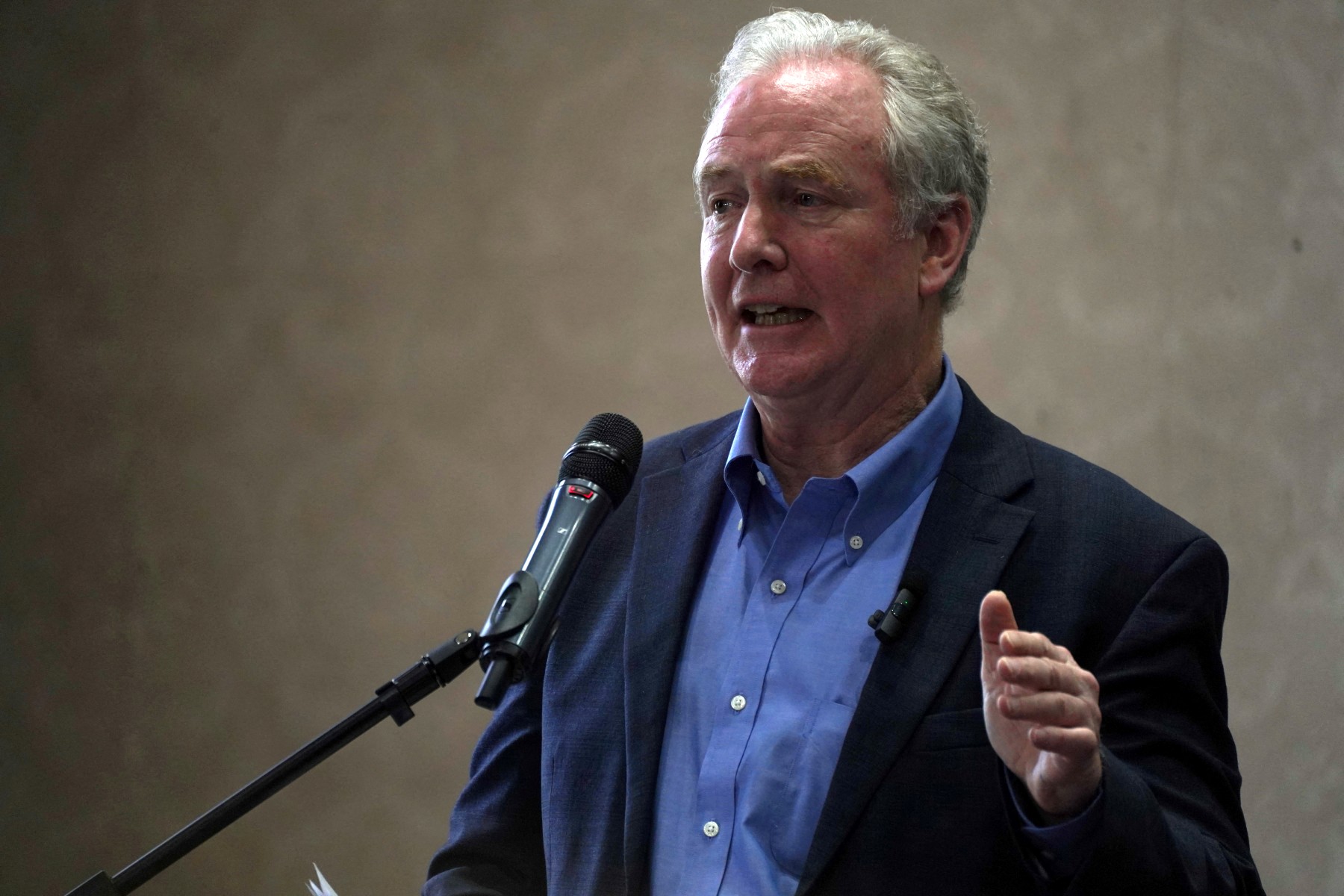
U.S. Democratic Senator Chris Van Hollen, representing the state of Maryland, held a meeting in El Salvador with deported MS-13 gang member Kilmar Ábrego García, a member of the criminal group classified by the U.S. government as a terrorist organization.
“Kilmar Ábrego García, miraculously resurrected from the ‘extermination camps’ and ‘torture chambers,’ now sipping margaritas with Senator Van Hollen in the tropical paradise of El Salvador!” wrote President Nayib Bukeleon X (formerly Twitter), sharing photos of Van Hollen, Ábrego García, and a lawyer sitting together at a Salvadoran hotel.
The deported gang member is seen wearing a plaid shirt and a flat-brimmed cap, seated at a table with glasses and coffee cups. The senator also shared images of the meeting on his own social media accounts.
Bukele reaffirmed that Ábrego will remain in El Salvador and will not be returned to the United States.
“Now that his health has been confirmed, he has earned the honor of remaining under the custody of El Salvador,” Bukele added.
Former U.S. President Donald Trump criticized the senator’s meeting with Ábrego on Truth Social, calling Van Hollen “a fool” for advocating for Ábrego’s return to the U.S.
International
Pope Francis Appears for Easter Blessing, Calls for Peace and Religious Freedom
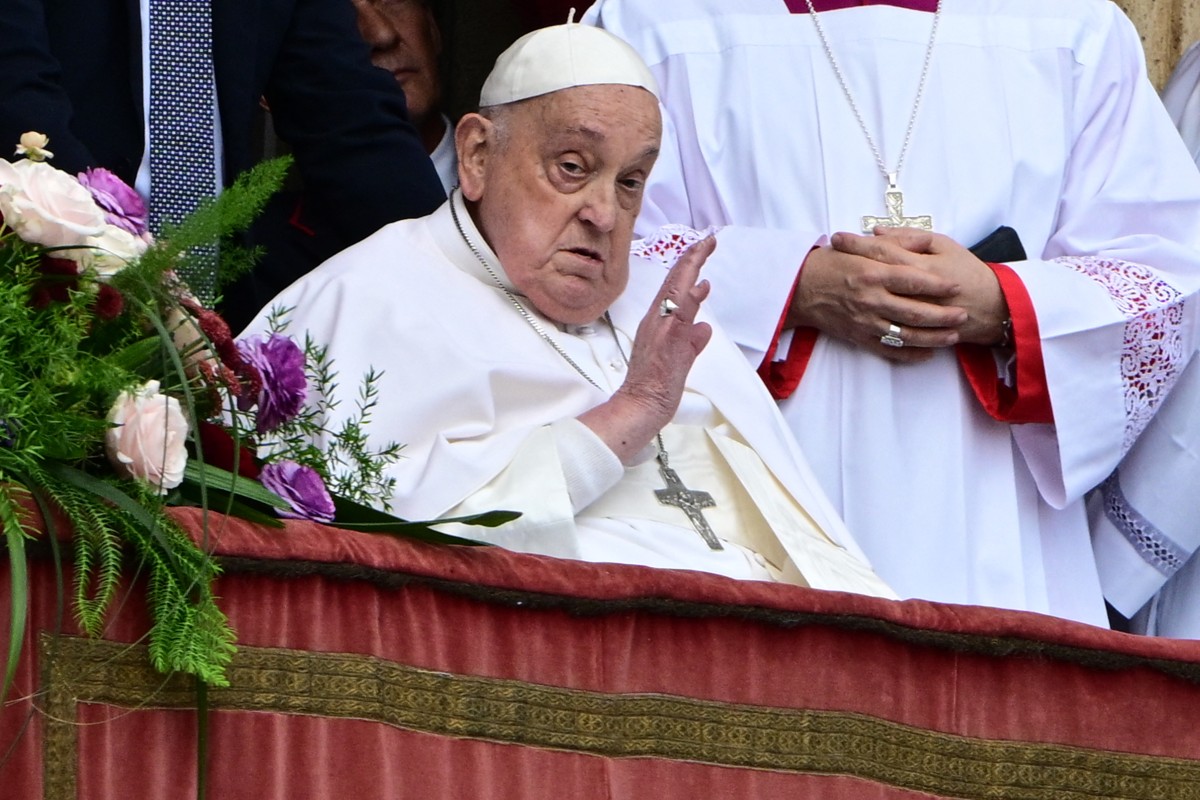
Pope Francis, still recovering from pneumonia, appeared on the balcony of St. Peter’s Basilica in the Vatican on Easter Sunday and, with a faint voice, wished a “Happy Easter” to the thousands of faithful gathered to celebrate the Resurrection of Christ.
A month after being discharged from a lengthy hospital stay, the presence of the 88-year-old pontiff had remained uncertain, with the Vatican not confirming his attendance ahead of time.
Eventually, the pope made a brief appearance in a wheelchair shortly after 12:00 p.m. (10:00 GMT) to deliver his traditional “Urbi et Orbi” blessing (“to the city and to the world”).
Although no longer wearing an oxygen cannula, the Argentine Jesuit relied on a close aide to read his Easter message, which touched on major global conflicts.
Francis condemned the “dramatic and unworthy humanitarian crisis” in Gaza and called for a ceasefire, while also expressing concern over the “growing climate of antisemitism spreading across the globe.”
He further emphasized the importance of religious freedom and freedom of thought, stating that without mutual respect, “peace is not possible.”
International
Thousands rally nationwide against Trump’s threat to U.S. democracy
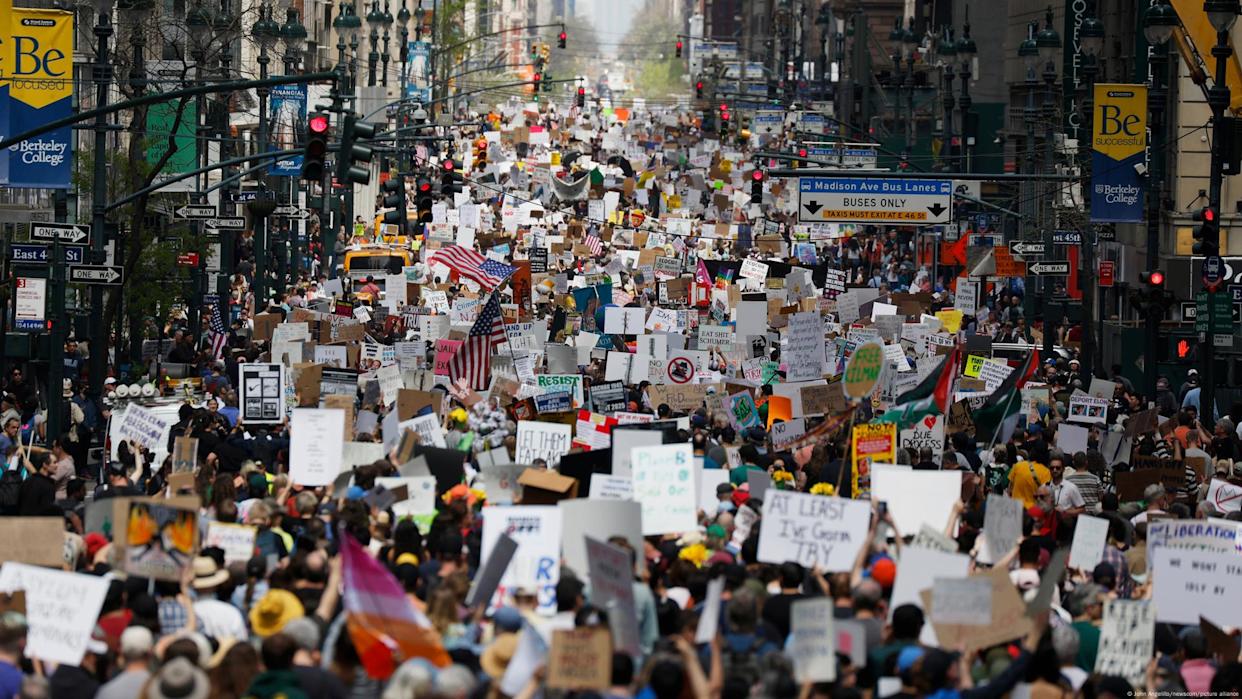
Thousands of protesters gathered on Saturday (April 19, 2025) in major cities like New York and Washington, as well as in small communities across the United States, in a second wave of demonstrations against President Donald Trump. The crowds denounced what they view as growing threats to the country’s democratic ideals.
In New York City, demonstrators of all ages rallied in front of the Public Library near Trump Tower, holding signs accusing the president of undermining democratic institutions and judicial independence.
Many protesters also criticized Trump’s hardline immigration policies, including mass deportations and raids targeting undocumented migrants.
“Democracy is in grave danger,” said Kathy Valyi, 73, the daughter of Holocaust survivors. She told AFP that the stories her parents shared about Adolf Hitler’s rise to power in 1930s Germany “are happening here now.”
In Washington, demonstrators voiced concern over what they see as Trump’s disregard for long-standing constitutional norms, such as the right to due process.
-

 International5 days ago
International5 days agoArsenal stun Real Madrid at the Bernabéu to reach Champions League semifinals
-
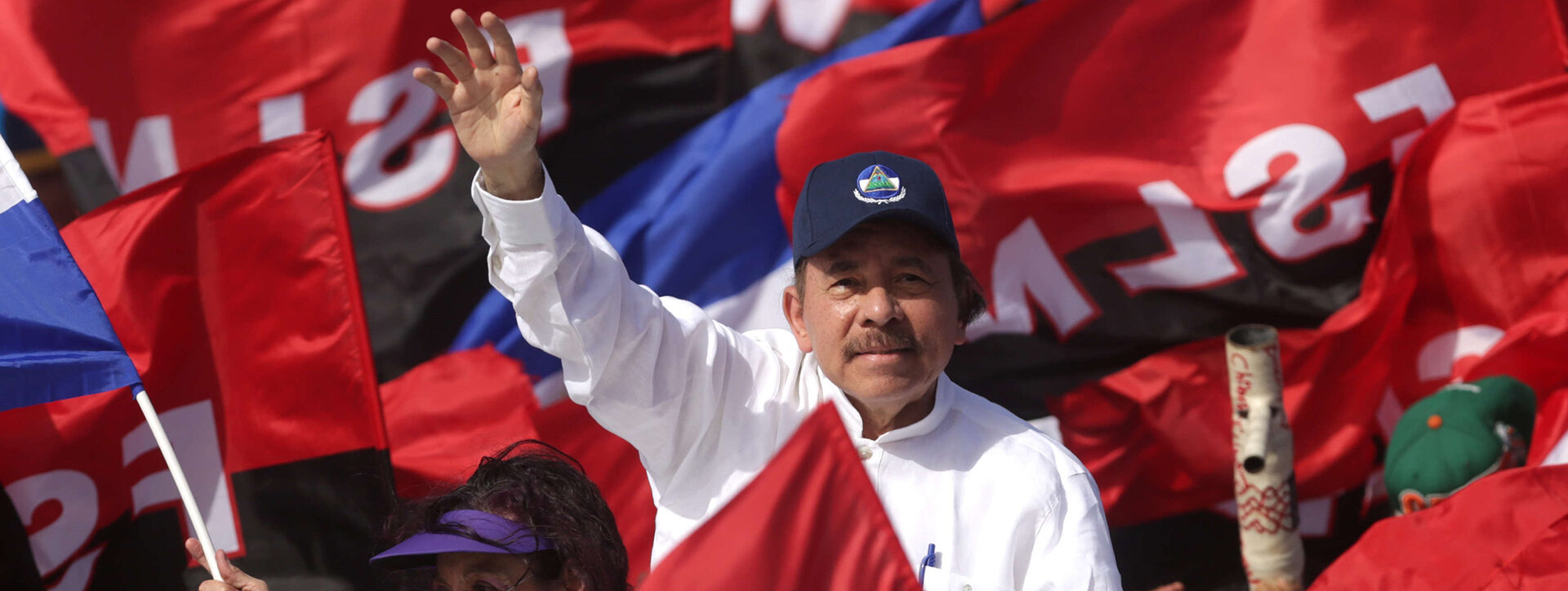
 Central America4 days ago
Central America4 days agoNicaraguan Exiles to Mark 7th Anniversary of 2018 Protests with Global Commemorations
-
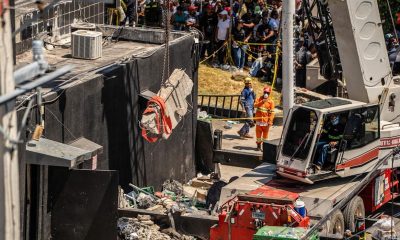
 International4 days ago
International4 days agoDominican ‘False Hero’ Arrested for Faking Role in Nightclub Collapse That Killed 231
-
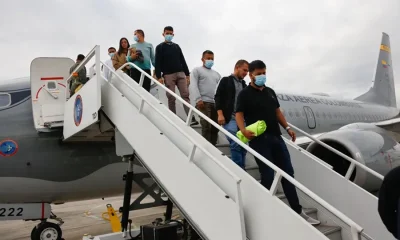
 International3 days ago
International3 days agoACLU seeks emergency court order to stop venezuelan deportations under Wartime Law
-
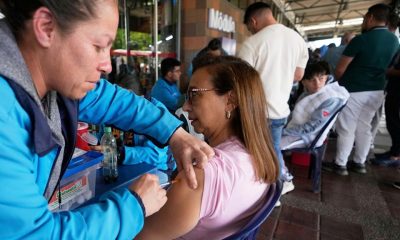
 International5 days ago
International5 days agoBogotá residents line up for yellow fever vaccine amid national alert
-
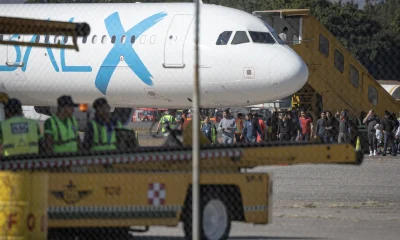
 Central America3 days ago
Central America3 days agoUN complaint filed against Costa Rica over detention of migrant children
-
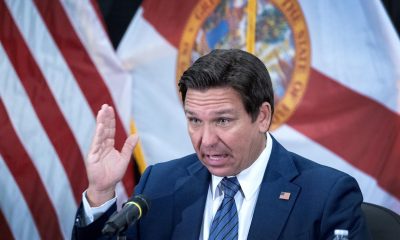
 International5 days ago
International5 days agoDeSantis’ immigration crackdown sparks alarm in Venezuelan Communities in Doral
-
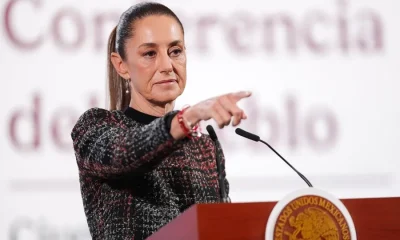
 International5 days ago
International5 days agoMexico refuses to restore ties with Ecuador while Noboa remains in office
-
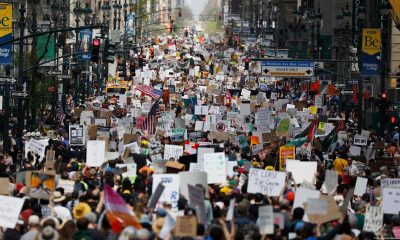
 International2 days ago
International2 days agoThousands rally nationwide against Trump’s threat to U.S. democracy
-
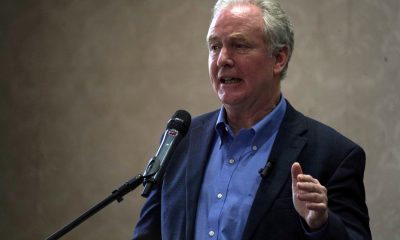
 Central America22 hours ago
Central America22 hours agoSenator Van Hollen Meets with Deported MS-13 Member in El Salvador; Trump and Bukele React
-
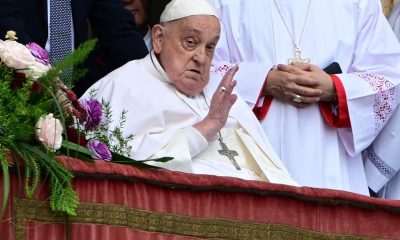
 International22 hours ago
International22 hours agoPope Francis Appears for Easter Blessing, Calls for Peace and Religious Freedom















